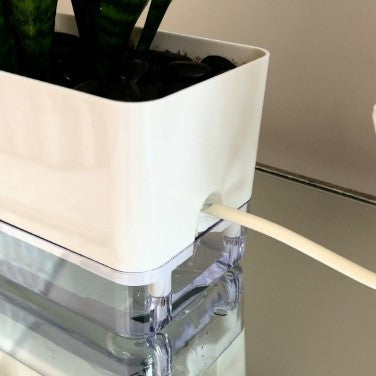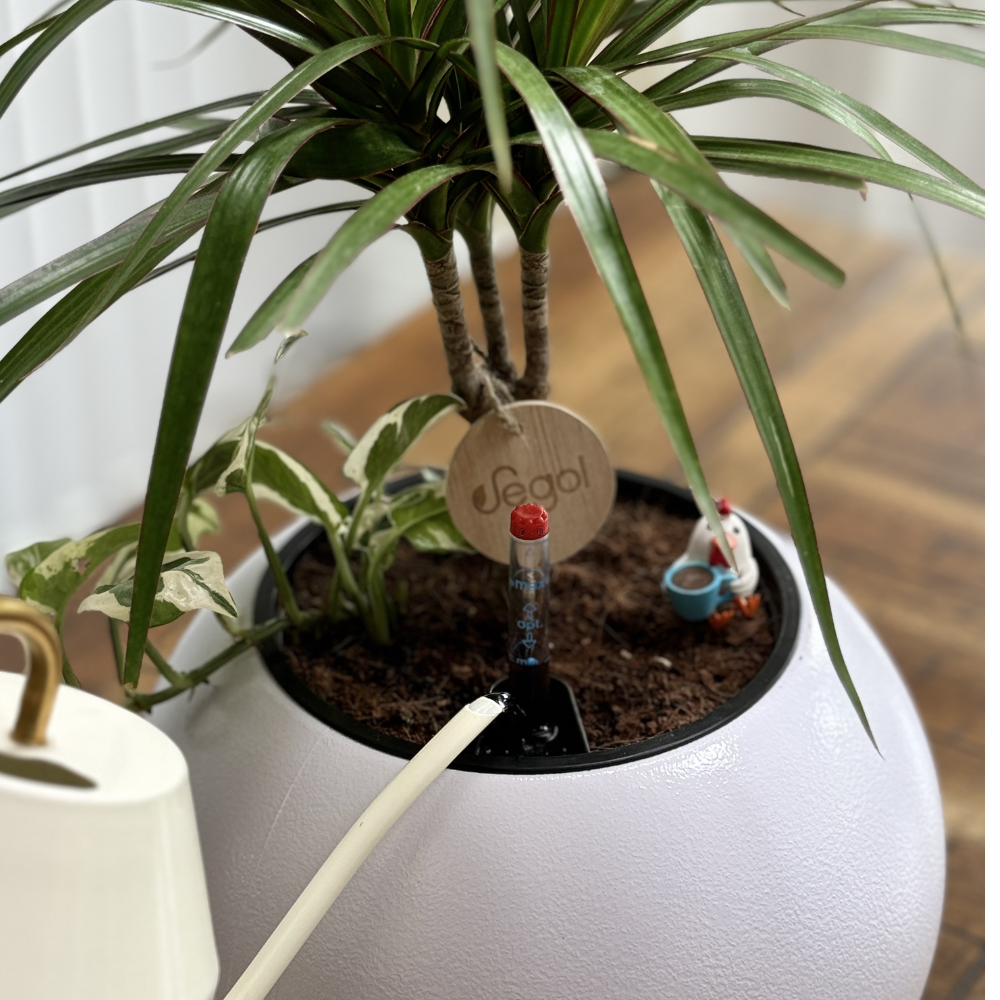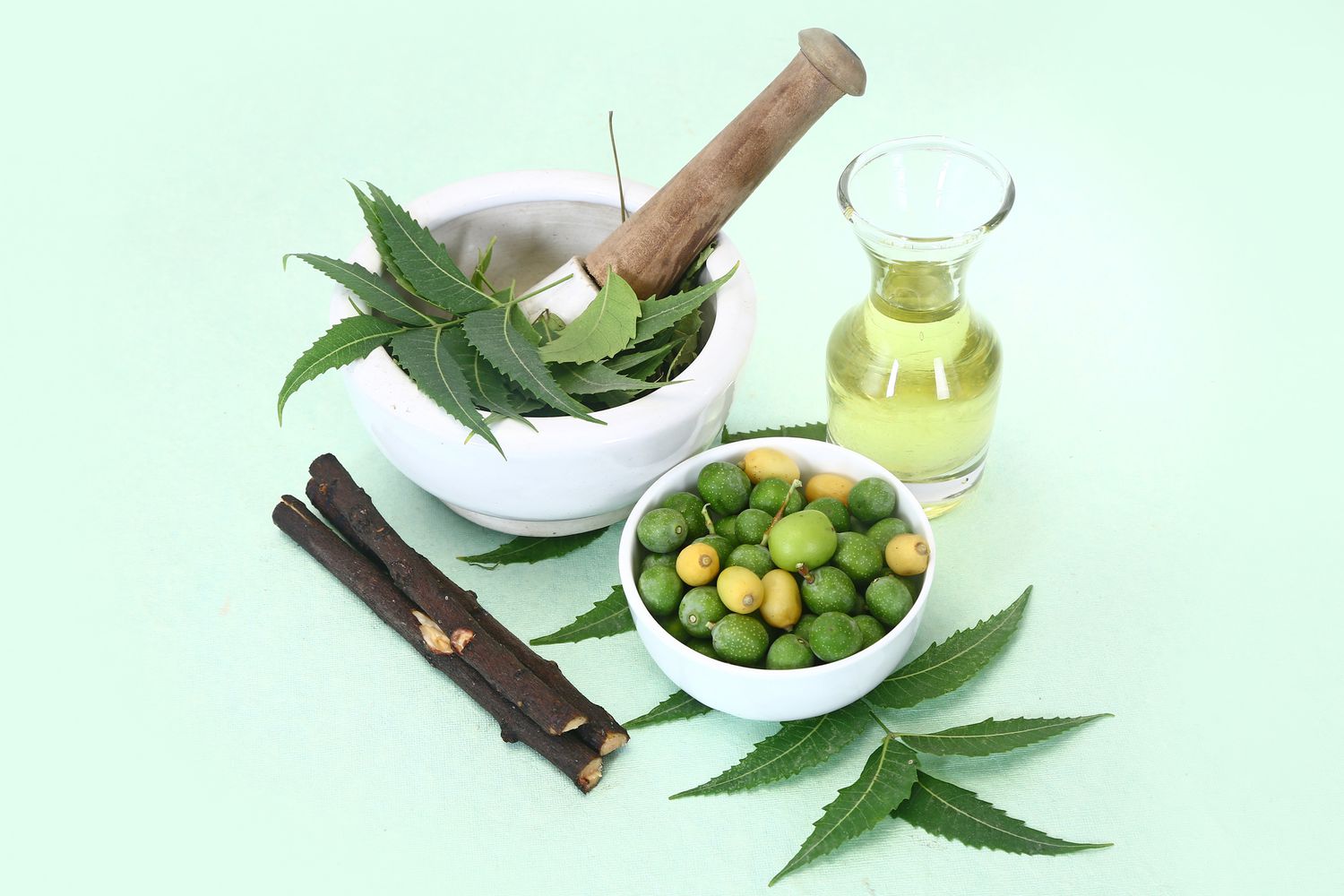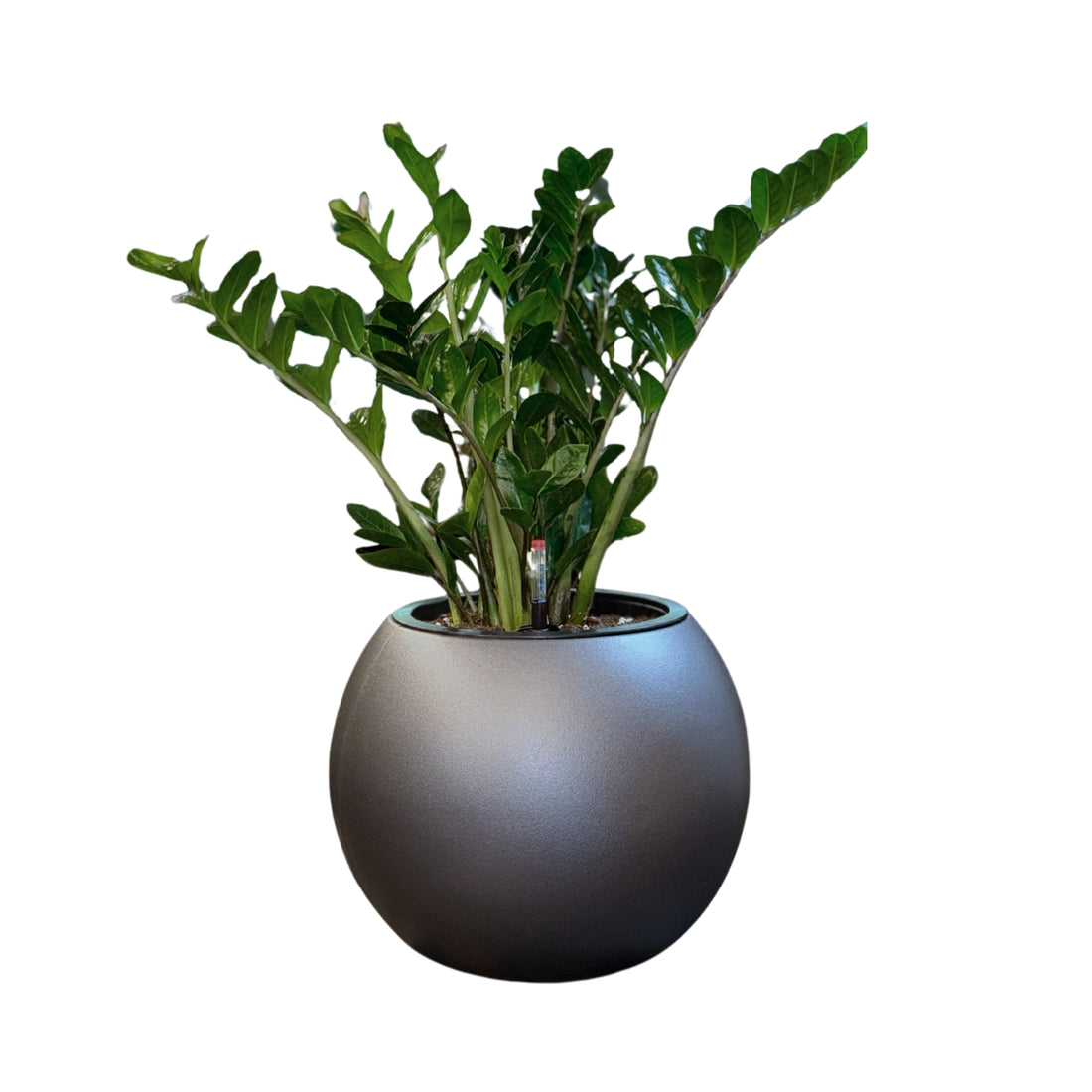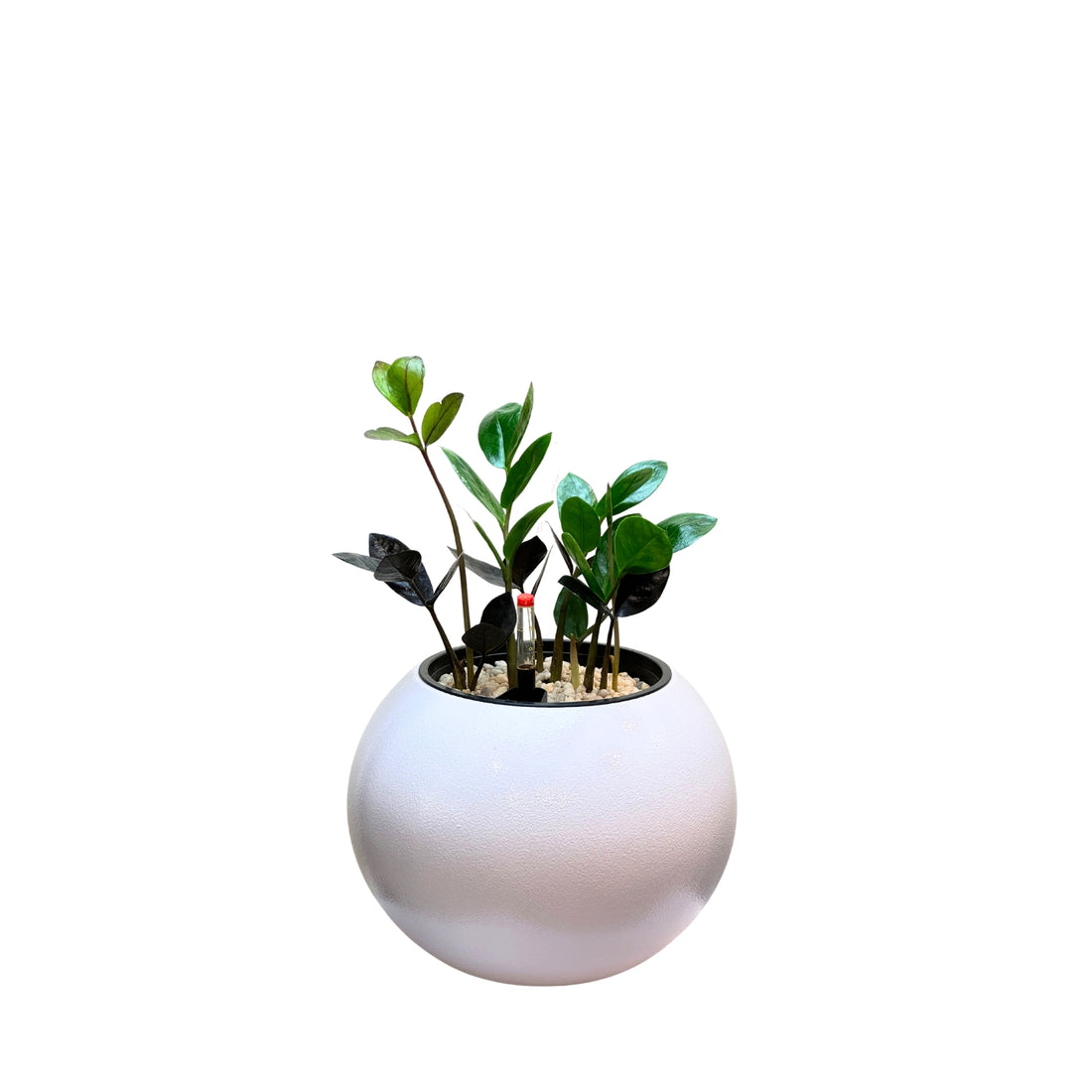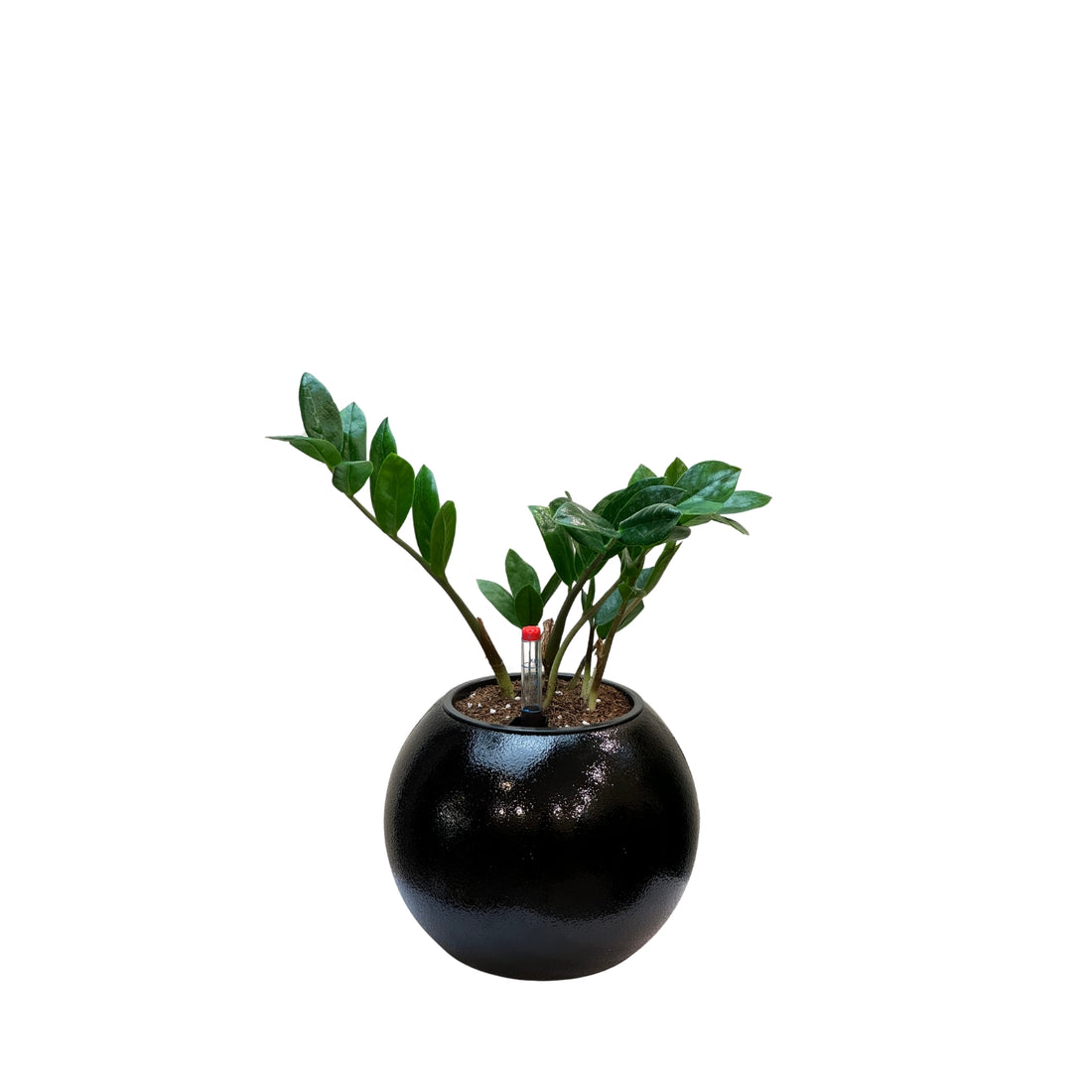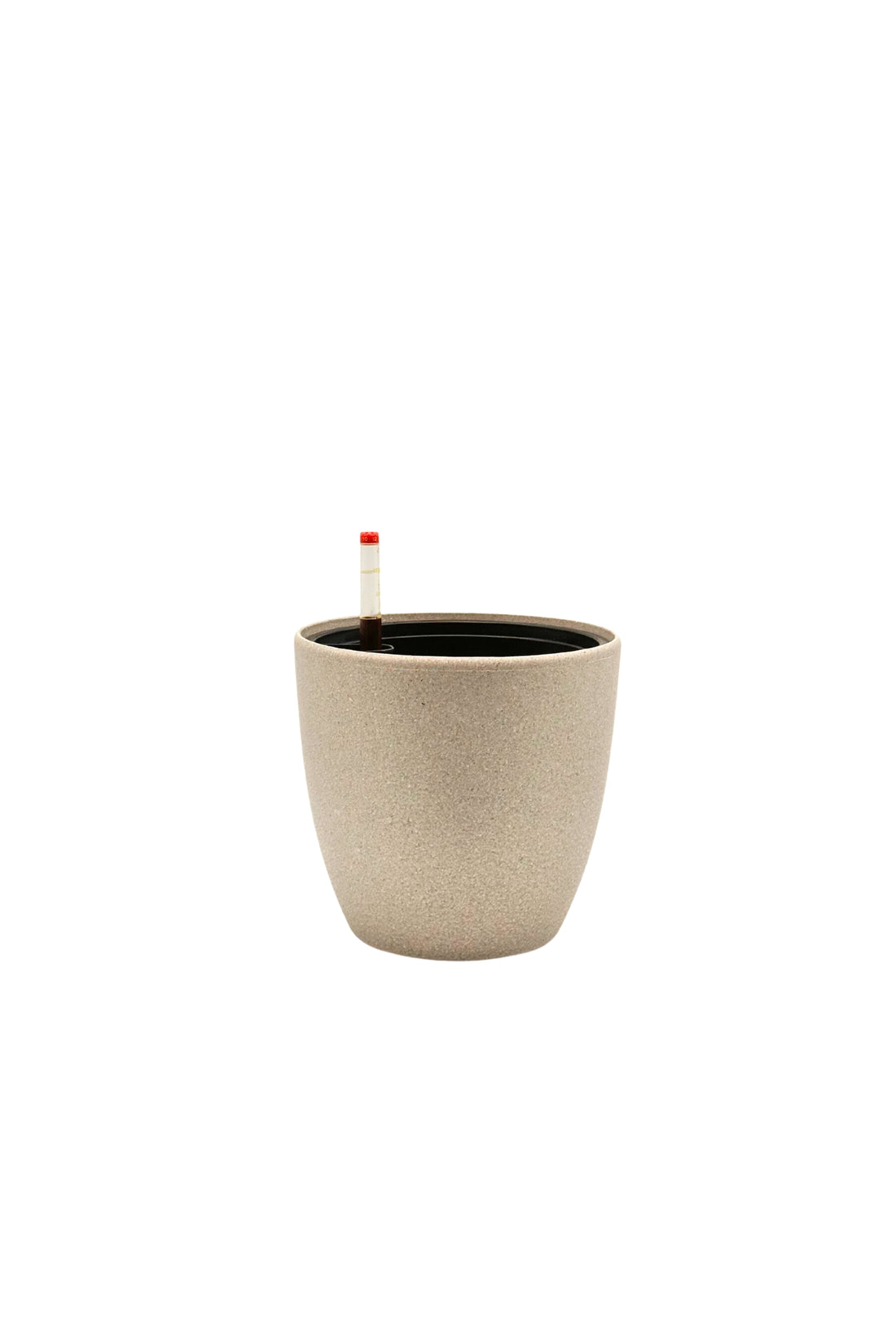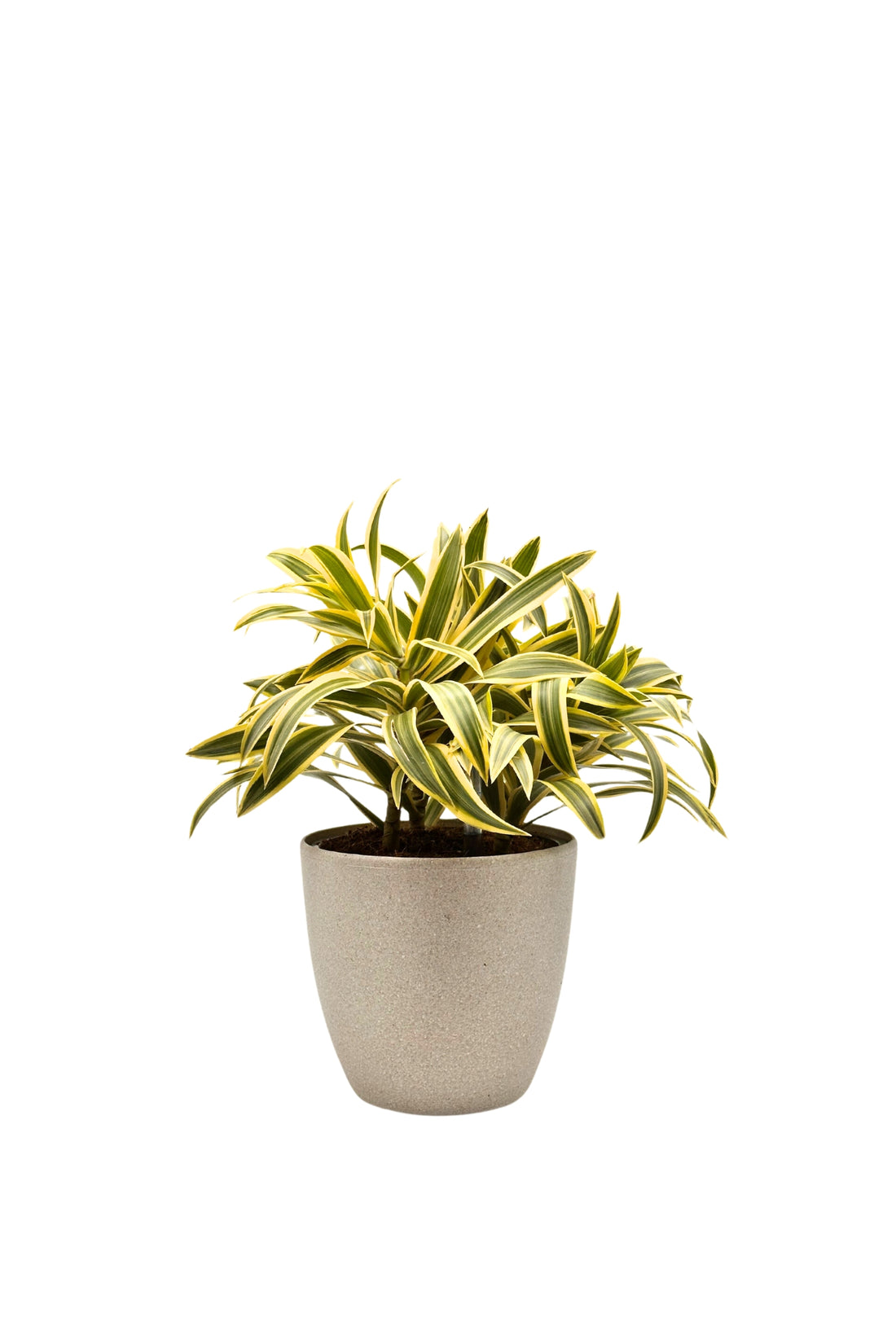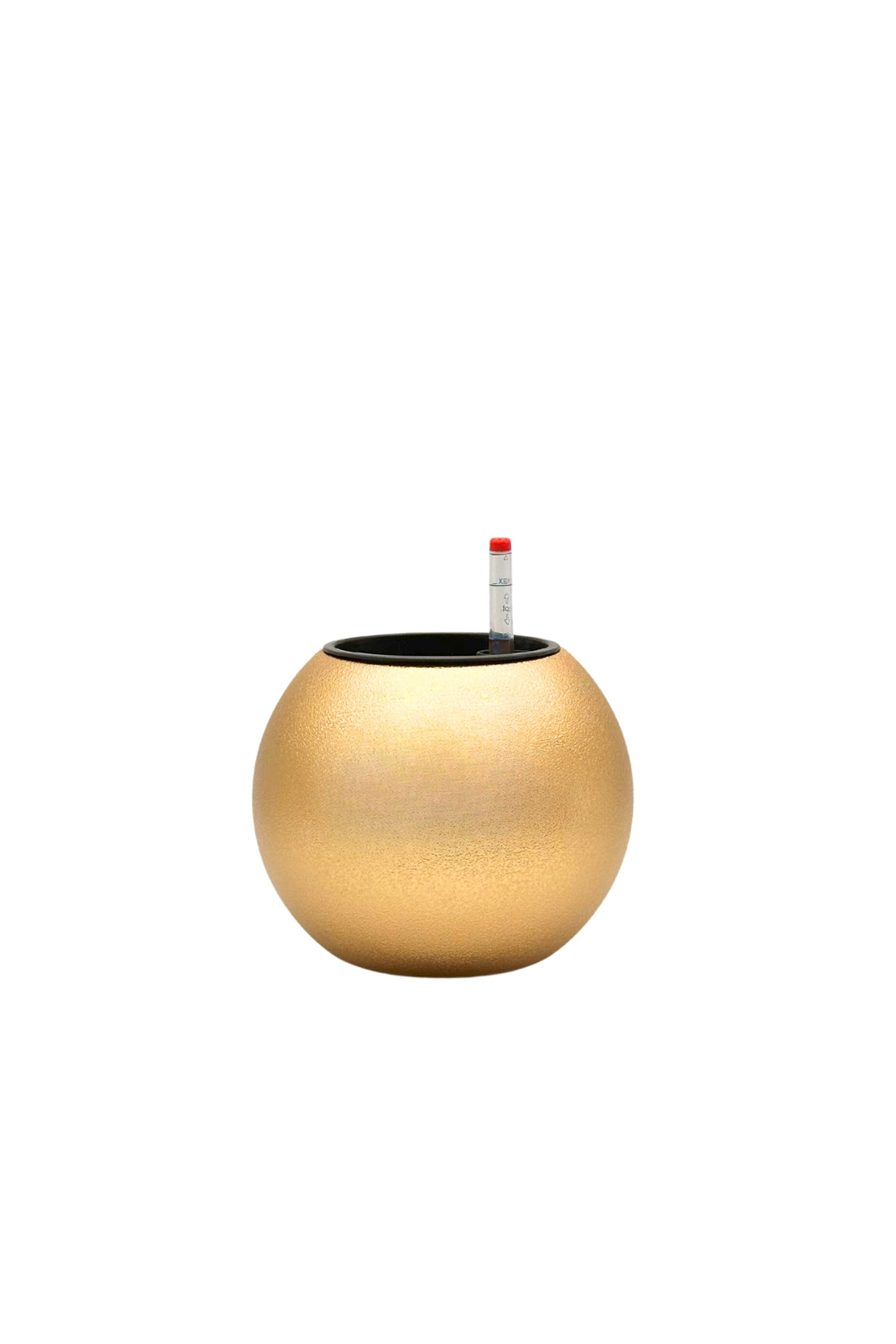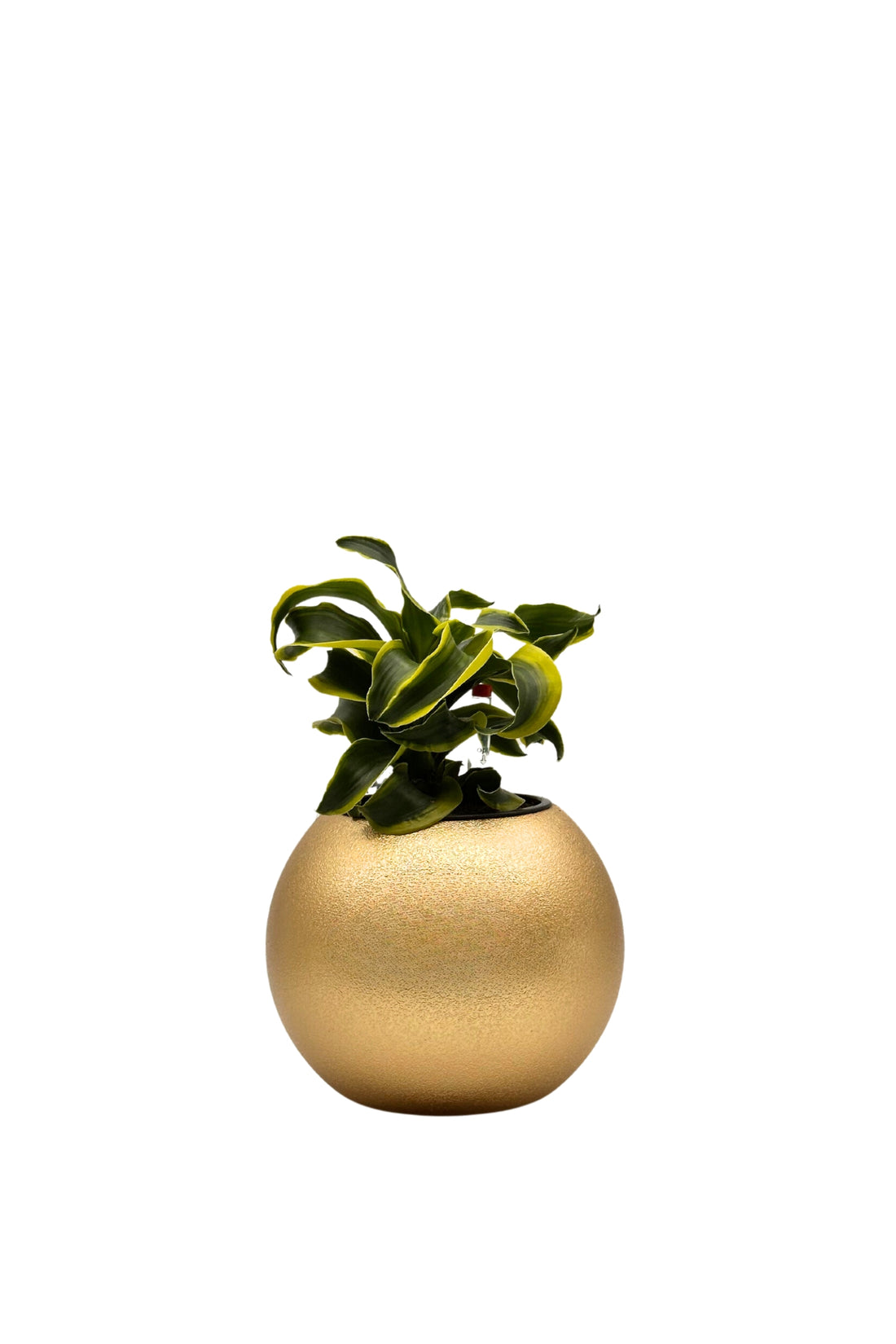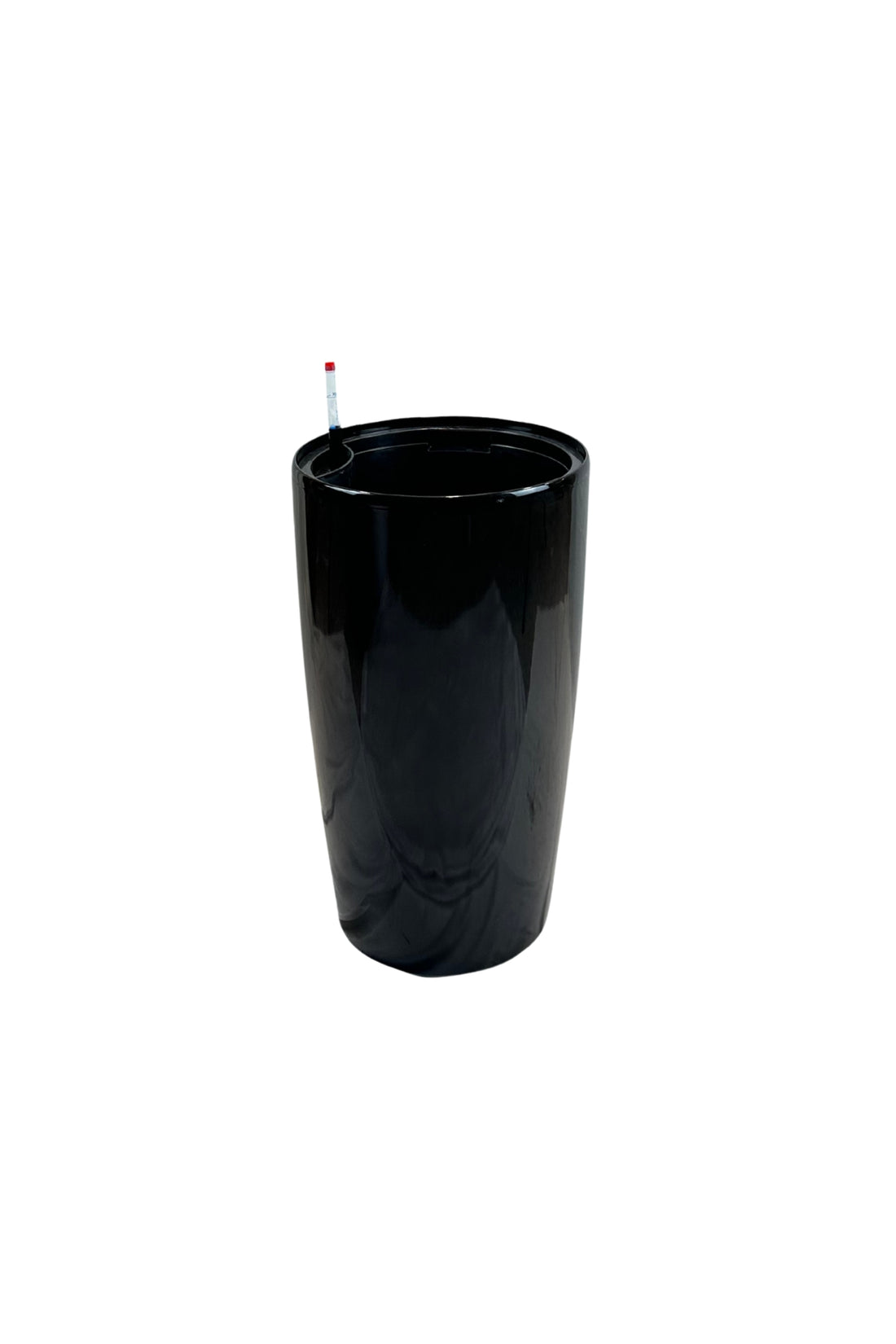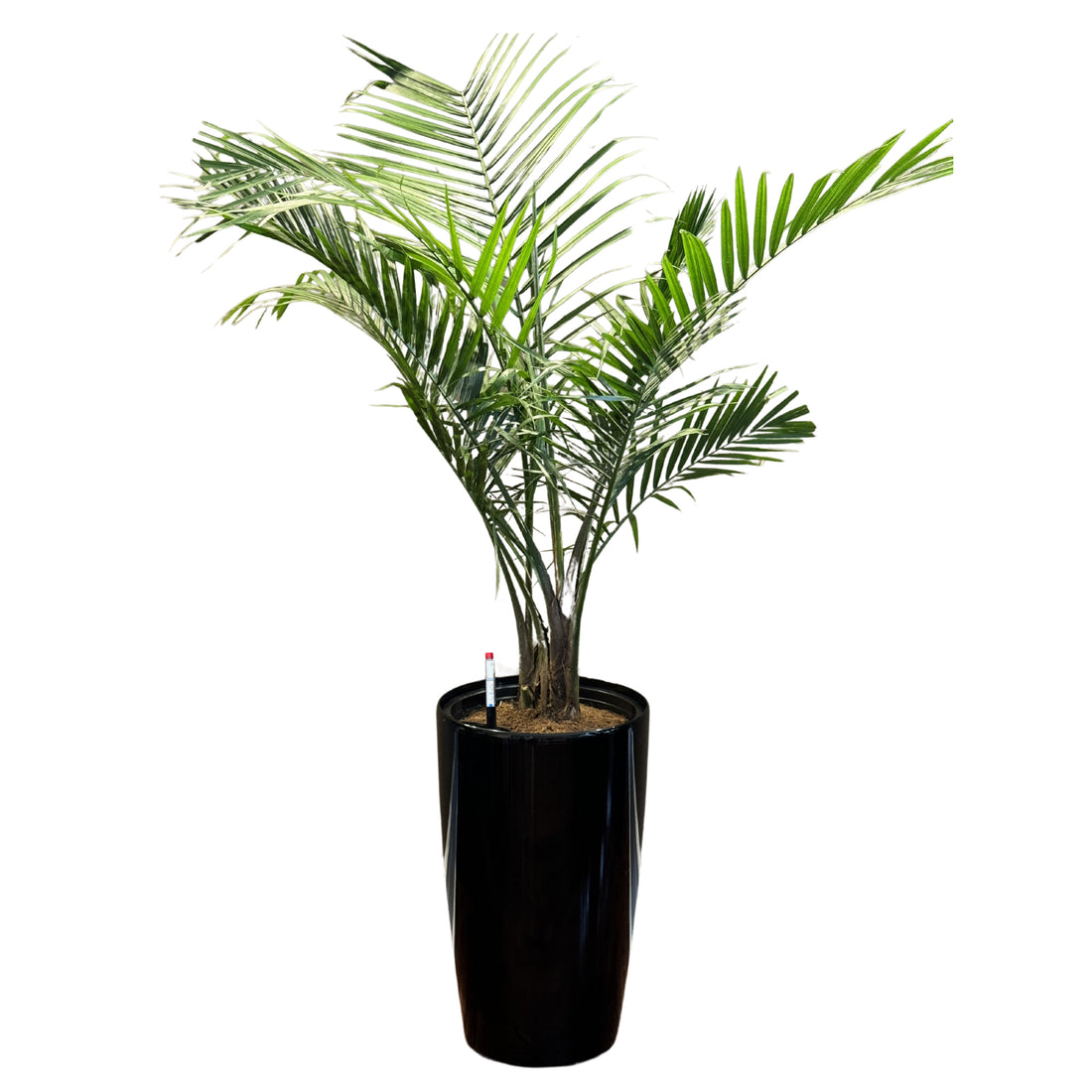SHOP NOW
What’s wrong with my Zz plant?
ZZ plants (Zamioculcas zamiifolia) are known for being quite hardy, but they can still be susceptible to a few diseases, typically related to their care and environment. Here are some common issues and their symptoms:
1.Root Rot:
This is the most common disease affecting ZZ plants, often due to overwatering. The roots turn brown or black and become mushy. If the rot progresses, it can cause the leaves to yellow and wilt. Wait until your plant dries out before watering again. Also, you can repot the plant into fresh, well-draining soil. Severely affected roots should be trimmed before repotting.

2.Leaf Spot Disease:
Fungal or bacterial pathogens can cause spots on the leaves, which might be brown, black, or yellow, with a wet or greasy appearance. These spots may also have a yellow halo around them.
The cause is likely dry air and low humidity. You can add a humidifier to the room.
Water-soaked lesions and brown spots with yellow halos indicate a fungal or bacterial disease caused by overwatering. Isolate the plant, withhold water until the soil dries out, and treat with fungicide. Remove severely damaged leaves.



3.Powdery Mildew:
This fungal infection appears as white or grayish powder on the leaves. It usually occurs when the air around the plant is too humid. Baking soda itself isn’t normally effective as a powdery mildew treatment, but when it’s combined with liquid soap and water, it can be a powerful weapon. It’s normally most beneficial if used as a preventative measure rather than a treatment. Combine one tablespoon of baking soda and one-half teaspoon of liquid, non-detergent soap with one gallon of water, and spray the mixture liberally on the plants.



4.Pests:
ZZ plants are not prone to pests but can attract common houseplant pests including mealy bugs, scale, fungus gnats, and aphids. Keep plants free of dust and apply horticultural oil if an infestation develops.


If you suspect a disease, isolate the affected plant to prevent spread to other plants, remove any diseased leaves or sections, and adjust your care routine. For fungal issues, fungicides can be used following the manufacturer's instructions.
To maintain a Zz plant, Click here for more information.

